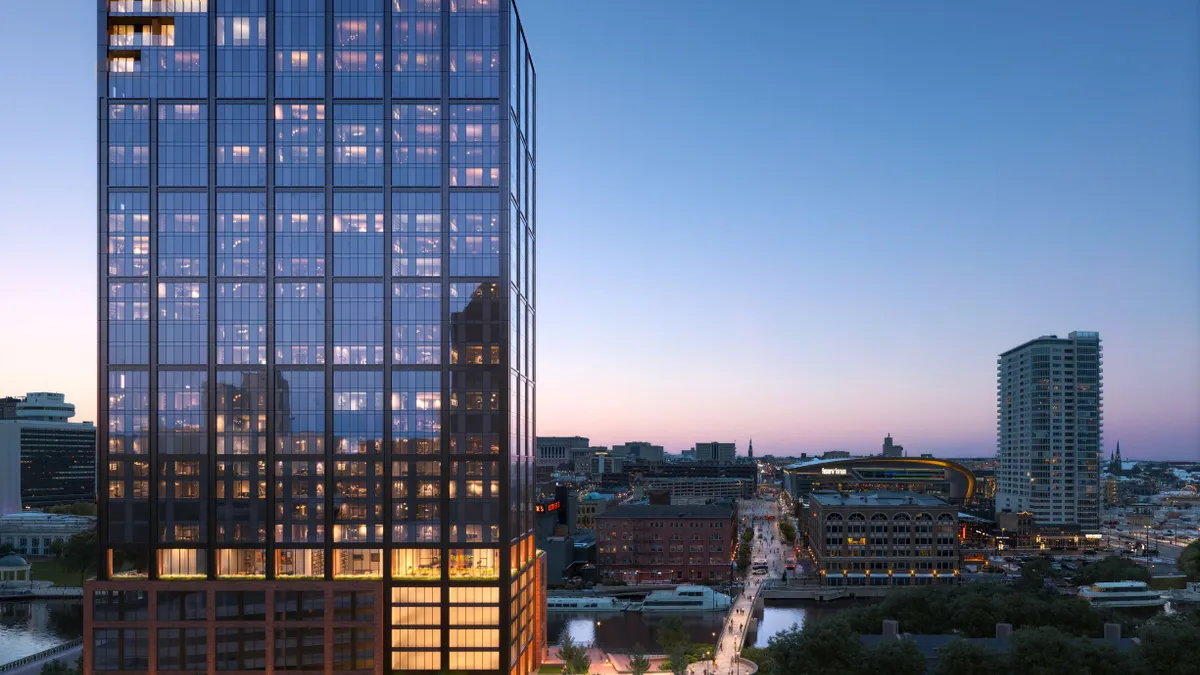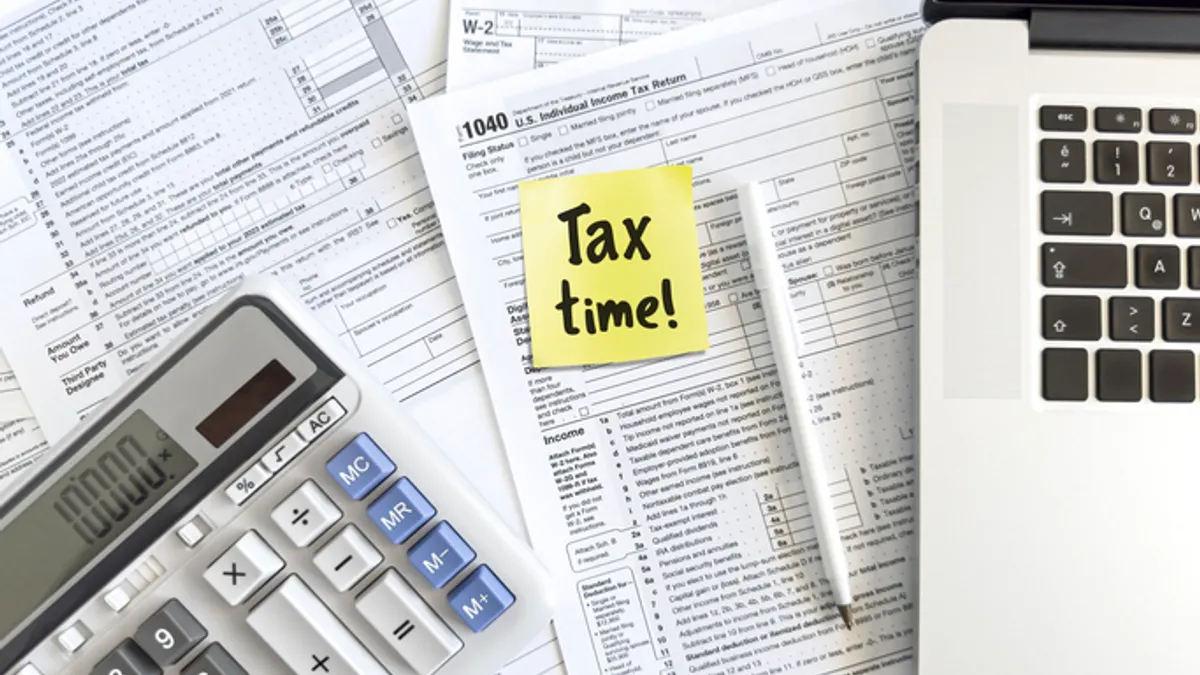Tony Julianelle is the CEO of Denver-based Atlas Real Estate, a property manager and investment brokerage focused on single-family rentals. Opinions are the author’s own.

Let’s face it: Every new administration can throw the real estate industry into a tailspin, and the first Trump era — whatever your political leanings — was no exception. Between headline-grabbing executive orders and shifting rhetoric, the real estate sector saw both turbulence and opportunity, particularly in the build-to-rent and single-family rental markets.
Now, as we enter a second Trump era, many in the industry are bracing for a return to similar policies, from deregulation to immigration crackdowns, and the potential ripple effects on housing.
A significant concern that has emerged is the potential for mass deportations. According to Pew Research Center, the United States hosts more than 11 million undocumented immigrants, a large portion of whom rent rather than own. If deportations were to ramp up substantially, it could disrupt demand for rental housing in specific markets, particularly those with higher immigrant populations.
A sizable segment of the rental market could shrink if immigration enforcement forced people to leave. In certain metro areas, this could lead to higher vacancies, downward pressure on rents and a cooling of local economies that rely on immigrant labor and spending.
While not every market would be equally affected, those in California, Texas and Florida, to name a few, could experience ripple effects.
At the same time, it’s worth noting that this concern didn’t fully materialize at a nationwide level under Trump’s previous administration and enforcement varied considerably by region. Now, however, the potential for such policies remains a factor that investors and developers should weigh when evaluating market dynamics.
Demand is still there
Despite these uncertainties, the underlying demand for rental properties — especially single-family rentals — remains robust. Millennials and Gen Z are delaying homeownership, sometimes due to student debt or a desire for flexibility. Many renters prefer single-family homes for the extra space, a yard and the feeling of a traditional home without the long-term commitment of a mortgage.
Moreover, if interest rates rise, as they sometimes do in unpredictable political climates, mortgage payments would become more expensive, often nudging people toward renting. Even in a scenario where some renters might leave the market due to stricter immigration policies, broader demographic and economic trends would continue to underpin the rental market.
Another critical point that sometimes gets lost in the national conversation is that housing regulations ranging from zoning to rent control are usually determined at the state and municipal levels. While federal policy can influence financing, tax structures and macro-level sentiment, the day-to-day rules that shape what can be built, how it’s built and where it’s built often come down to local ordinances.
For instance, if a city enacts stricter zoning rules or rent control measures, that can have a bigger immediate impact on a landlord’s bottom line than a federal guideline. Likewise, local governments frequently push back on or circumvent federal changes they see as detrimental to their communities. Consequently, while a federal rollback of regulations might open the door for certain opportunities, local frameworks can still be the real gatekeepers.
Short-term turbulence, long-term opportunity
The Trump administration, with its bold statements and at times sudden policy shifts, has certainly introduced a fair share of turbulence, yet the fundamentals for build-to-rent and single-family rentals remain strong. Investors who focus on solid underwriting, thoughtful location choices and quality management practices often find that market demand for rentals doesn’t just vanish overnight, especially in metro areas with population growth or persistent housing shortages.
On the other hand, even a wave of deregulation doesn’t necessarily spell higher profits if it comes paired with higher development costs, labor shortages or uncertain local regulatory environments. But for patient, well-researched investors, opportunities are still there, particularly in markets with healthy job growth and stable demand.
Ultimately, change at the federal level can shift the terrain, but it rarely alters the core principle that people need and want housing options.
I firmly believe that every wave of uncertainty brings a chance for innovation and growth. The build-to-rent and single-family rental sectors have shown resilience, and with a proactive, eyes-wide-open approach, I see plenty of runway ahead.

















